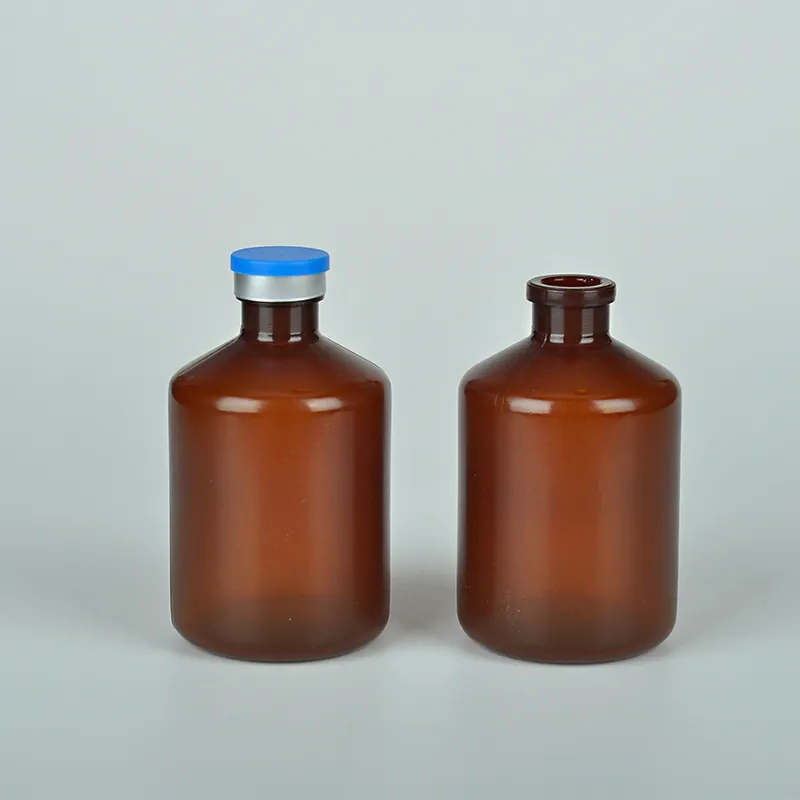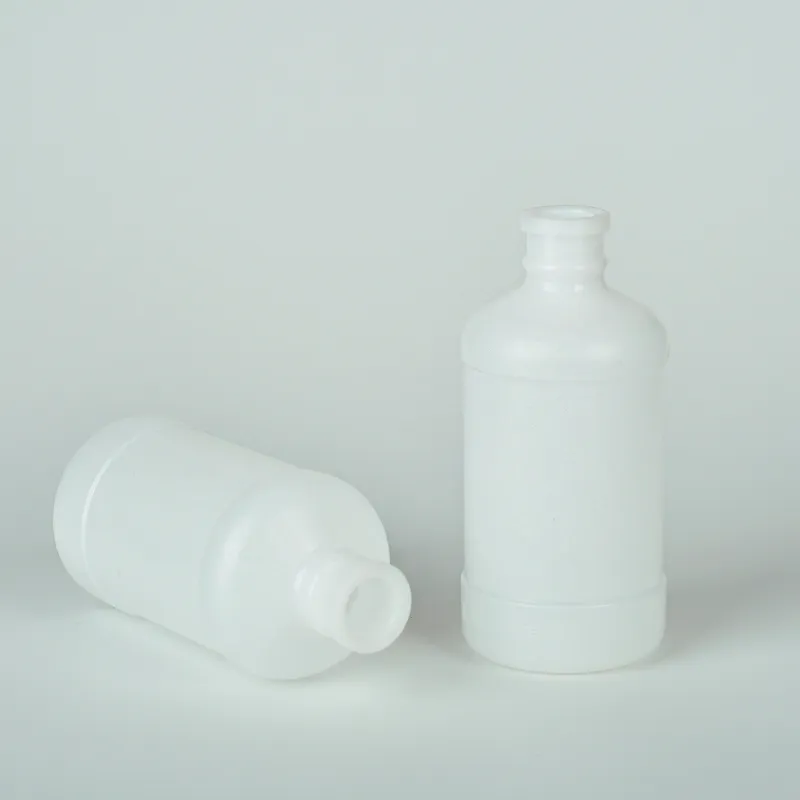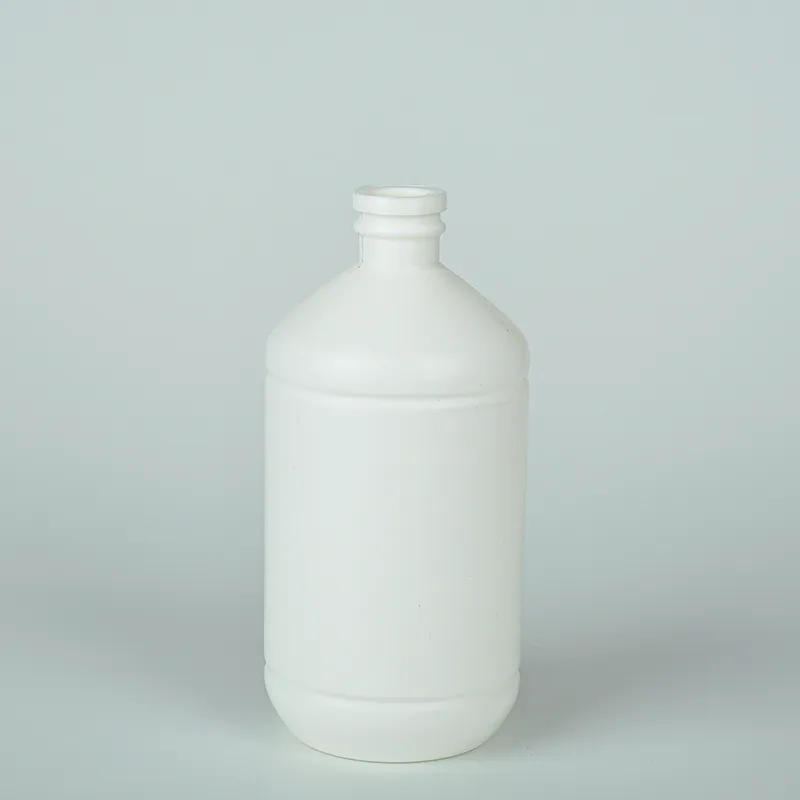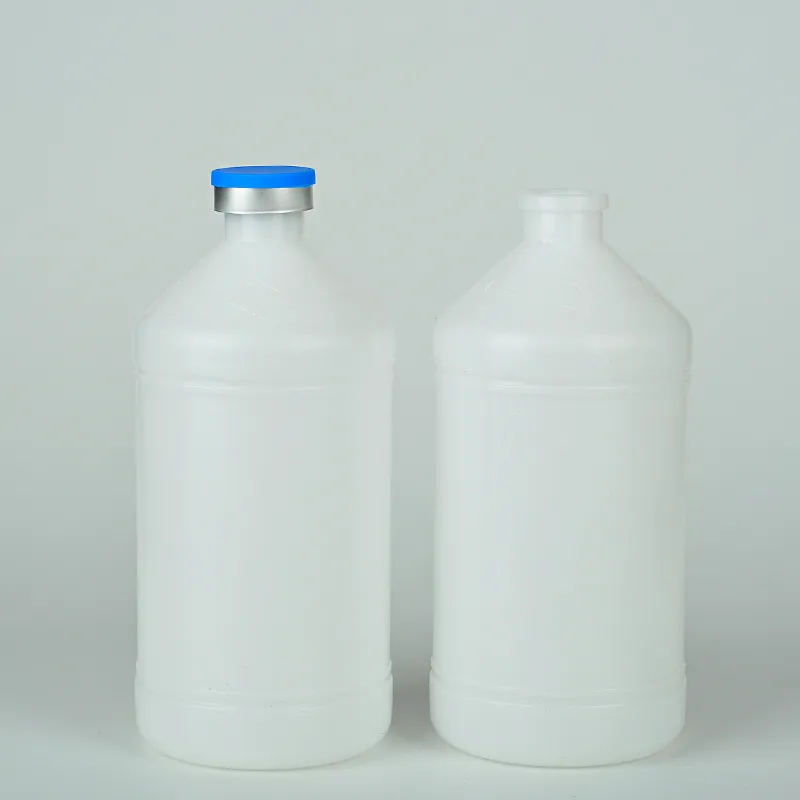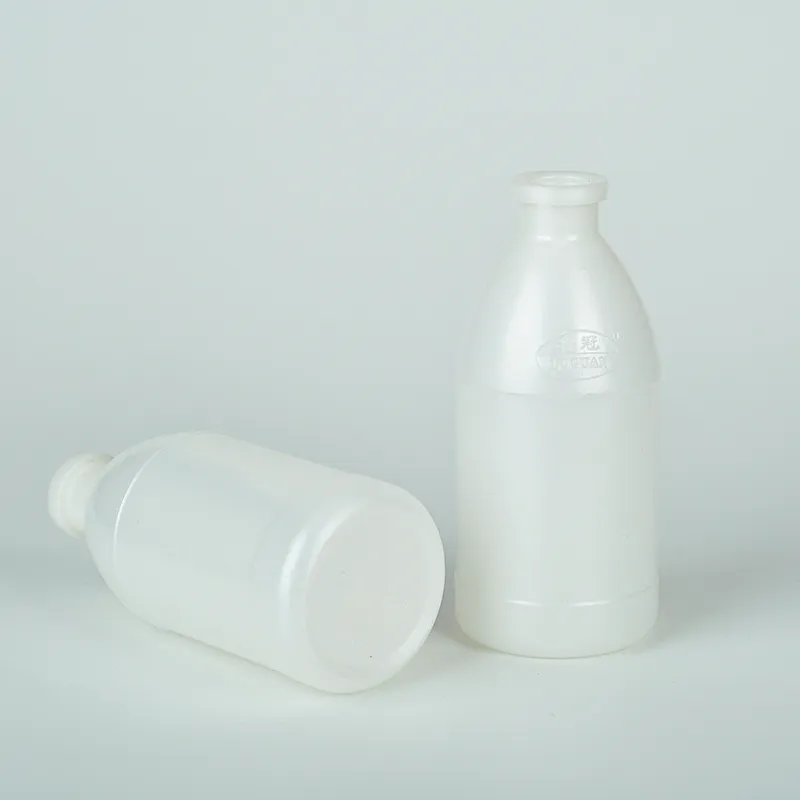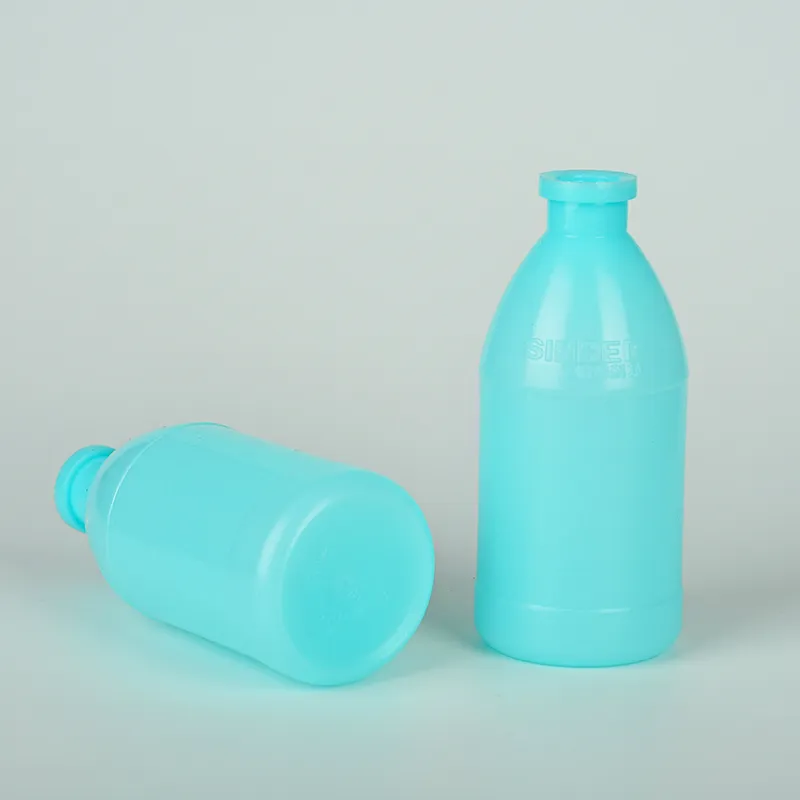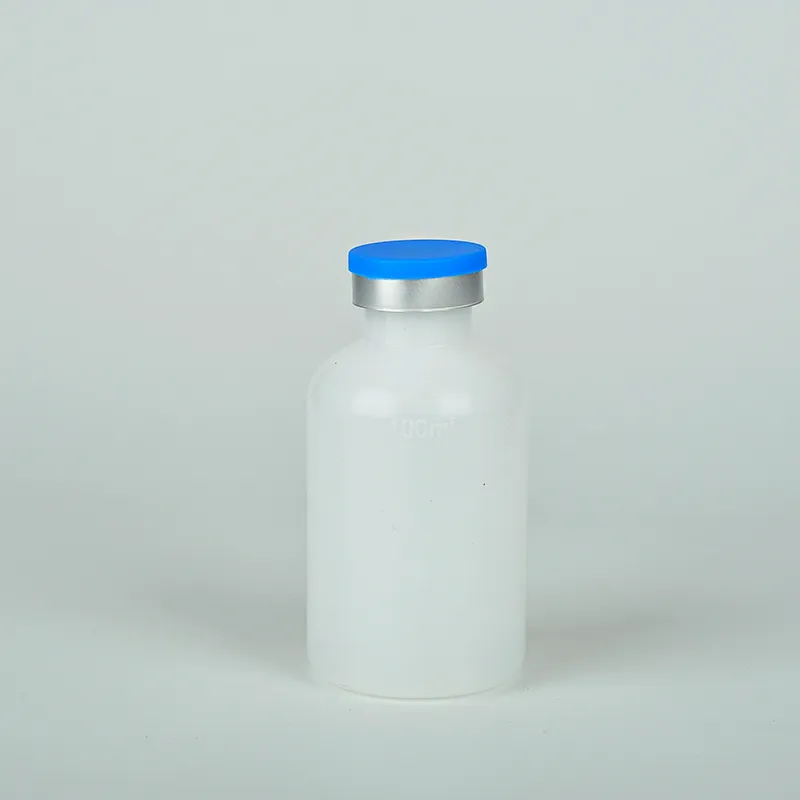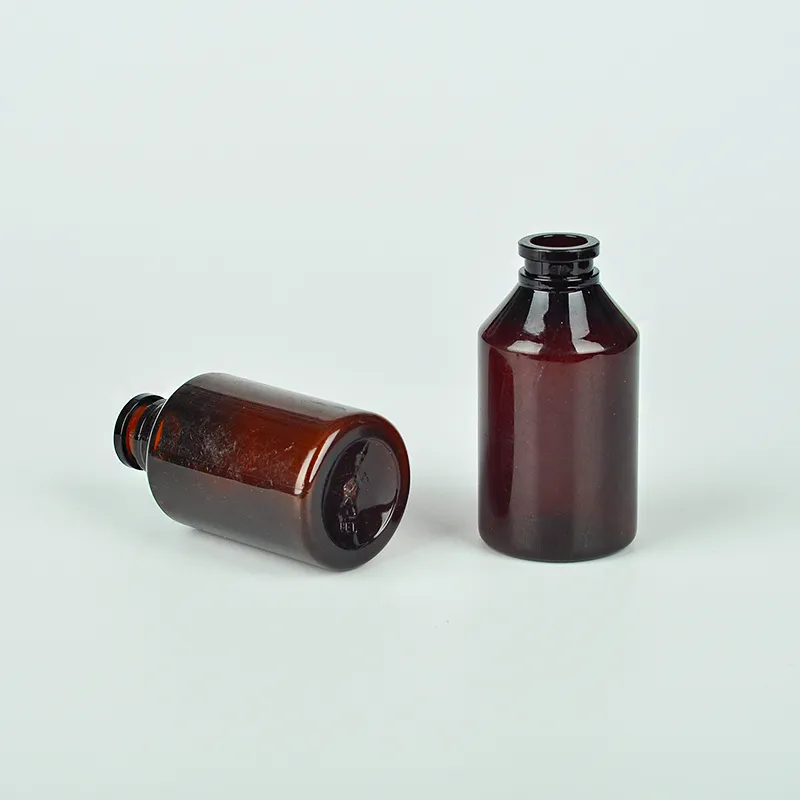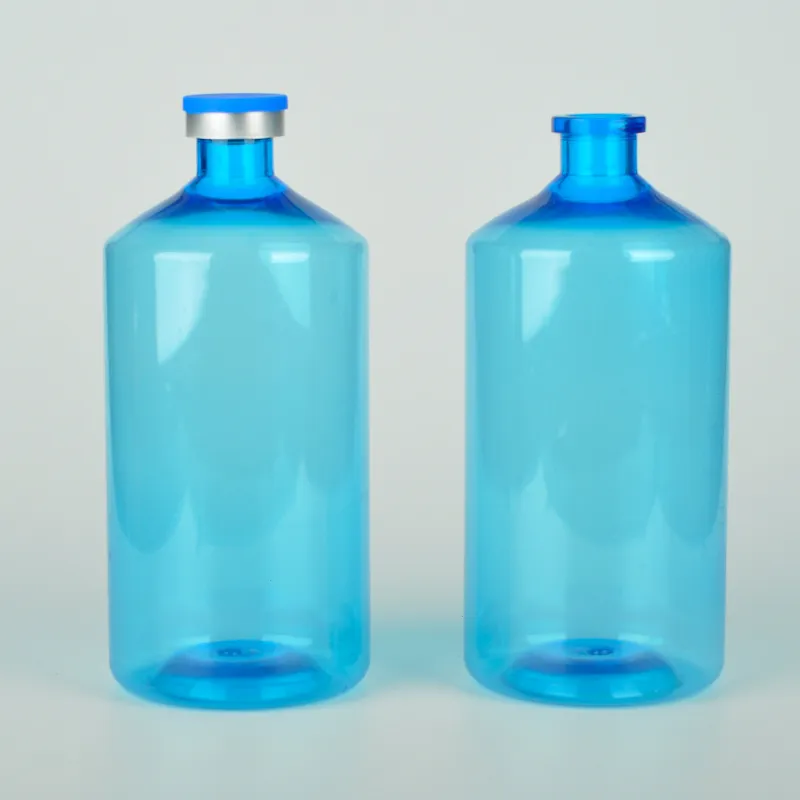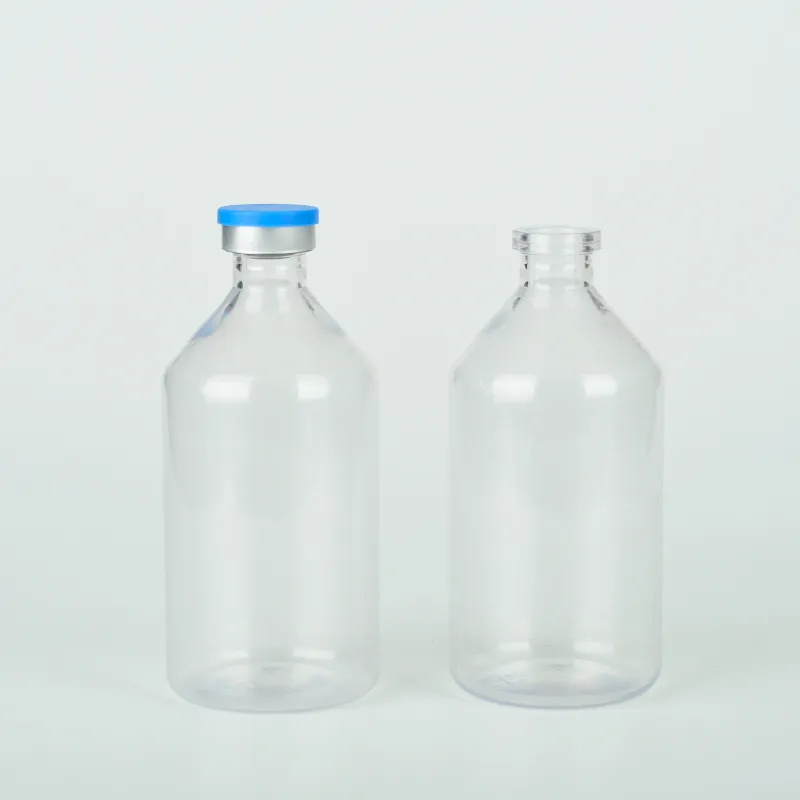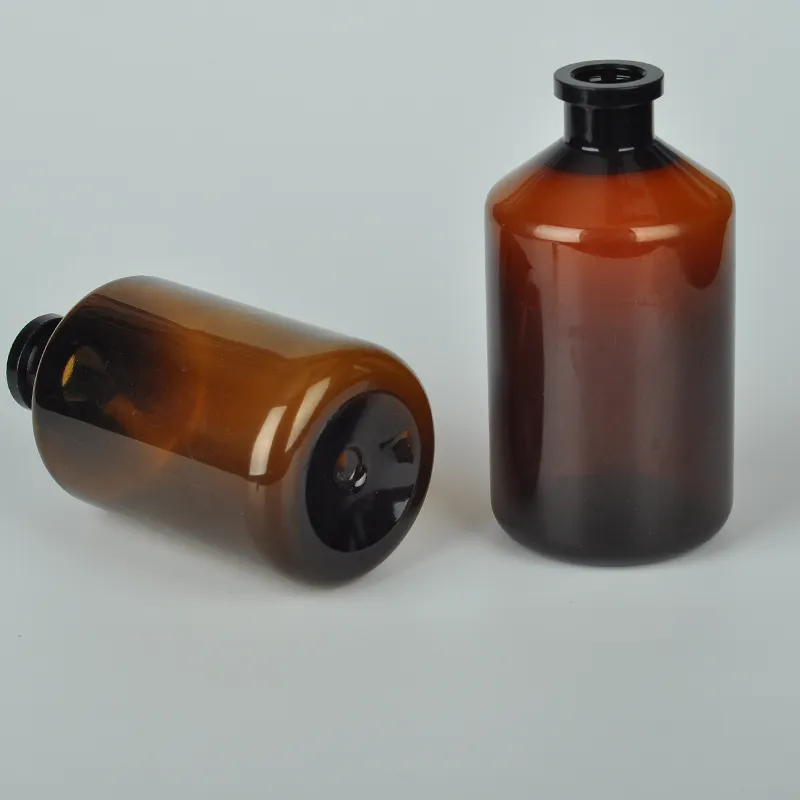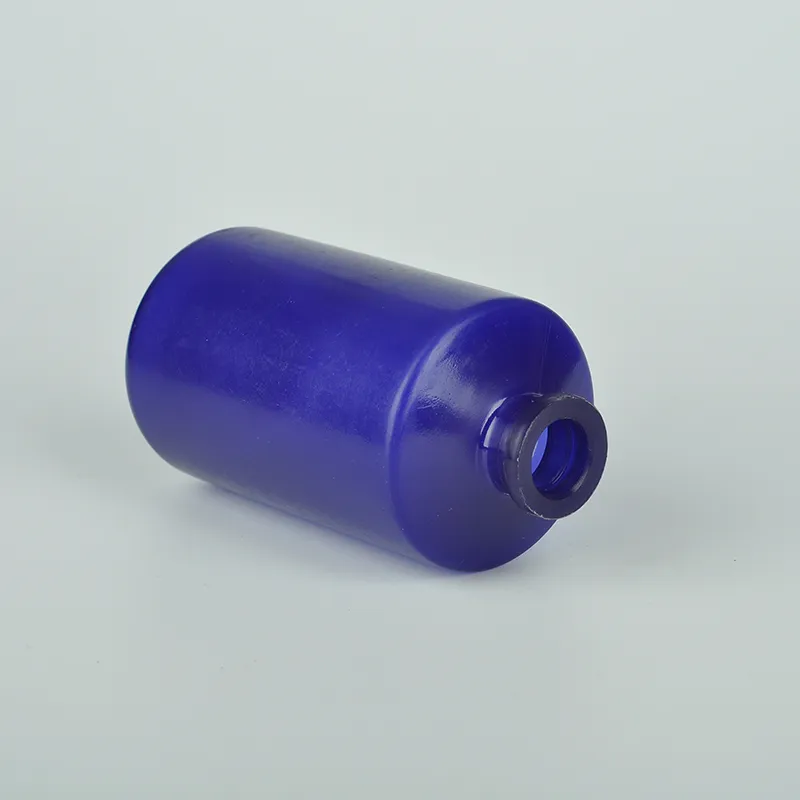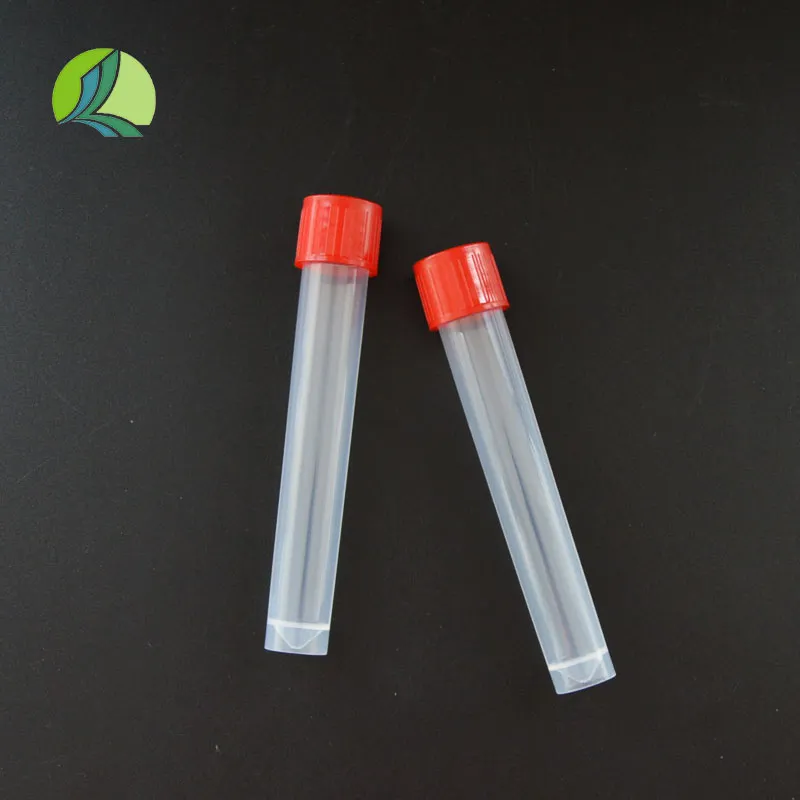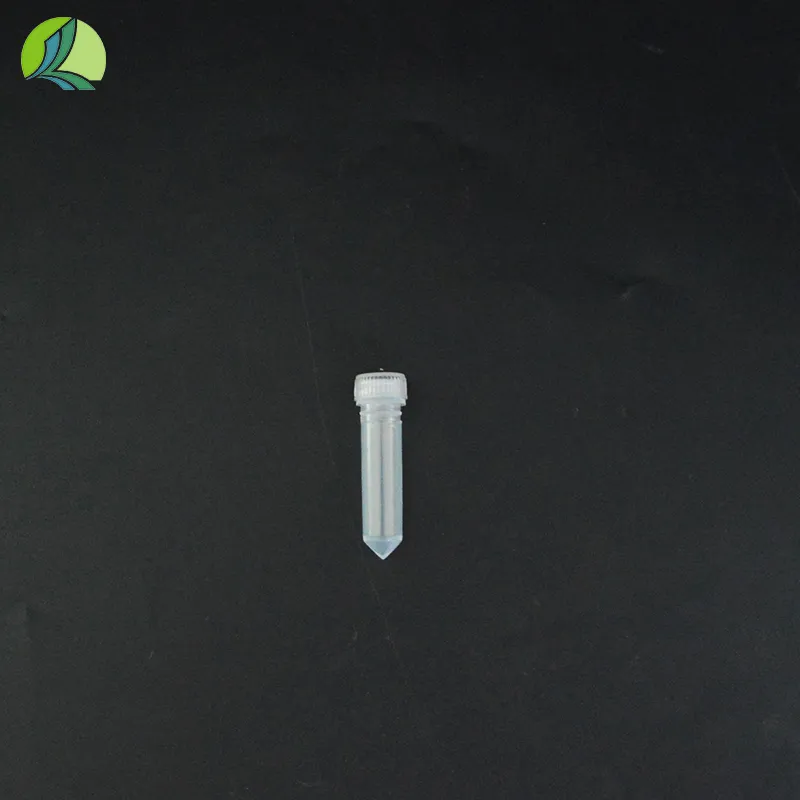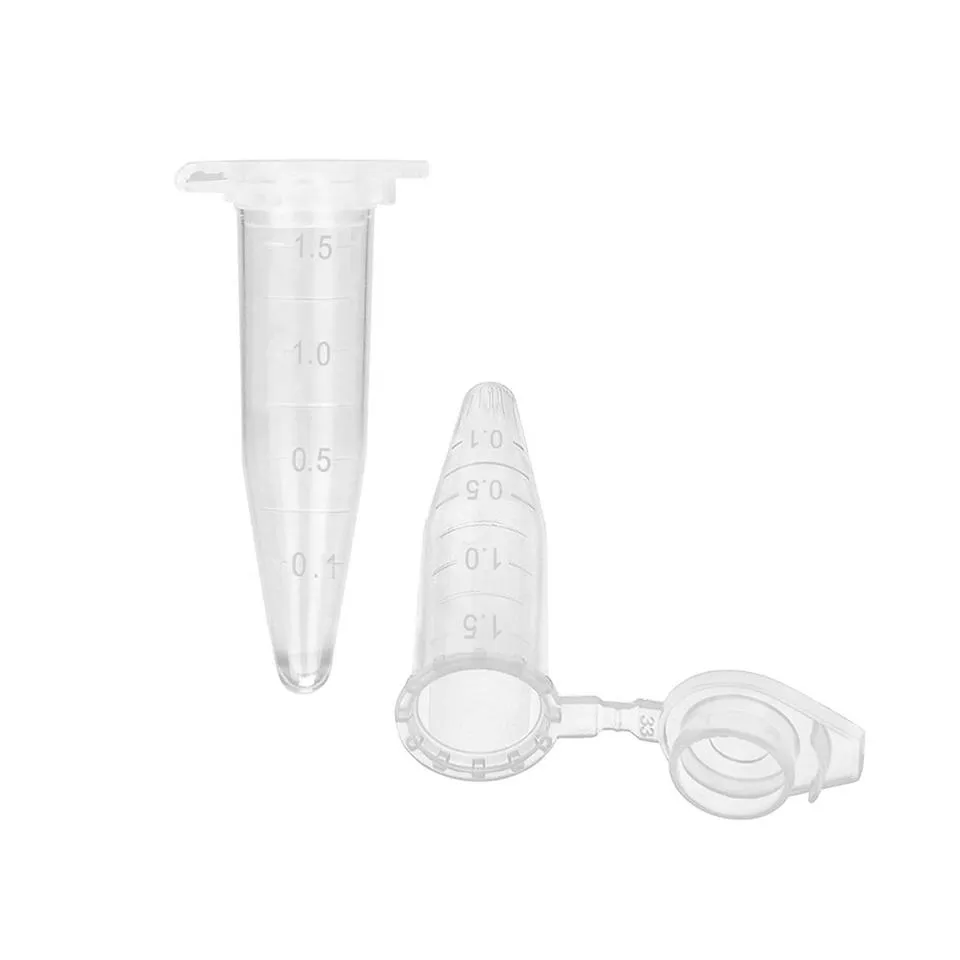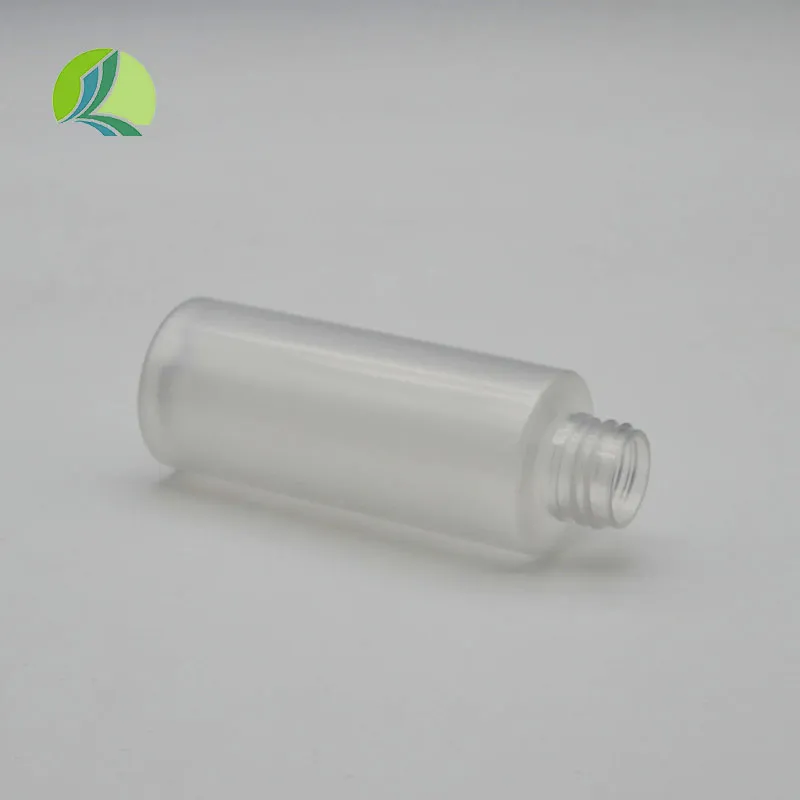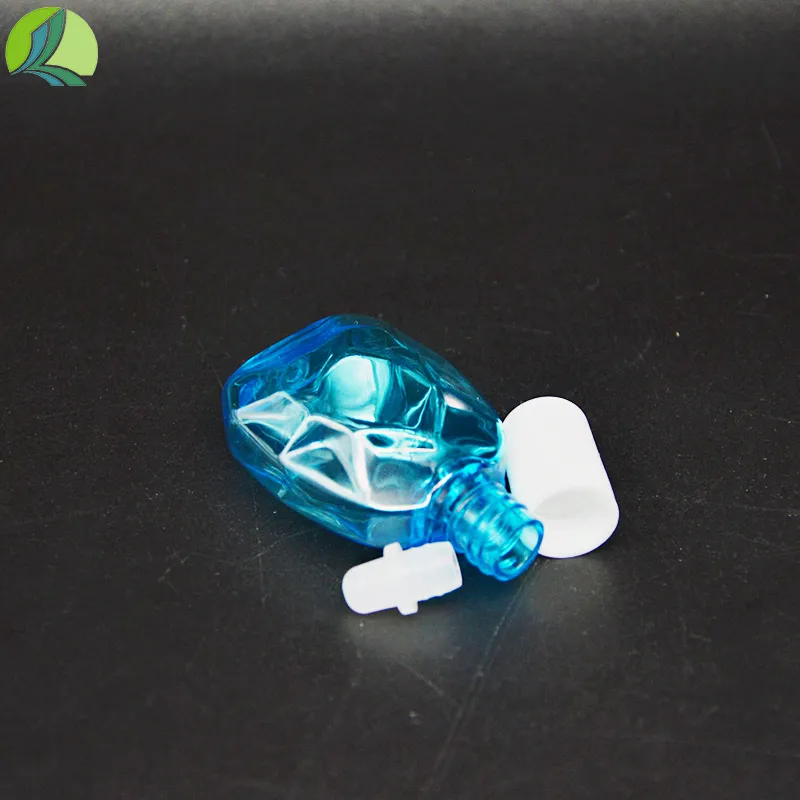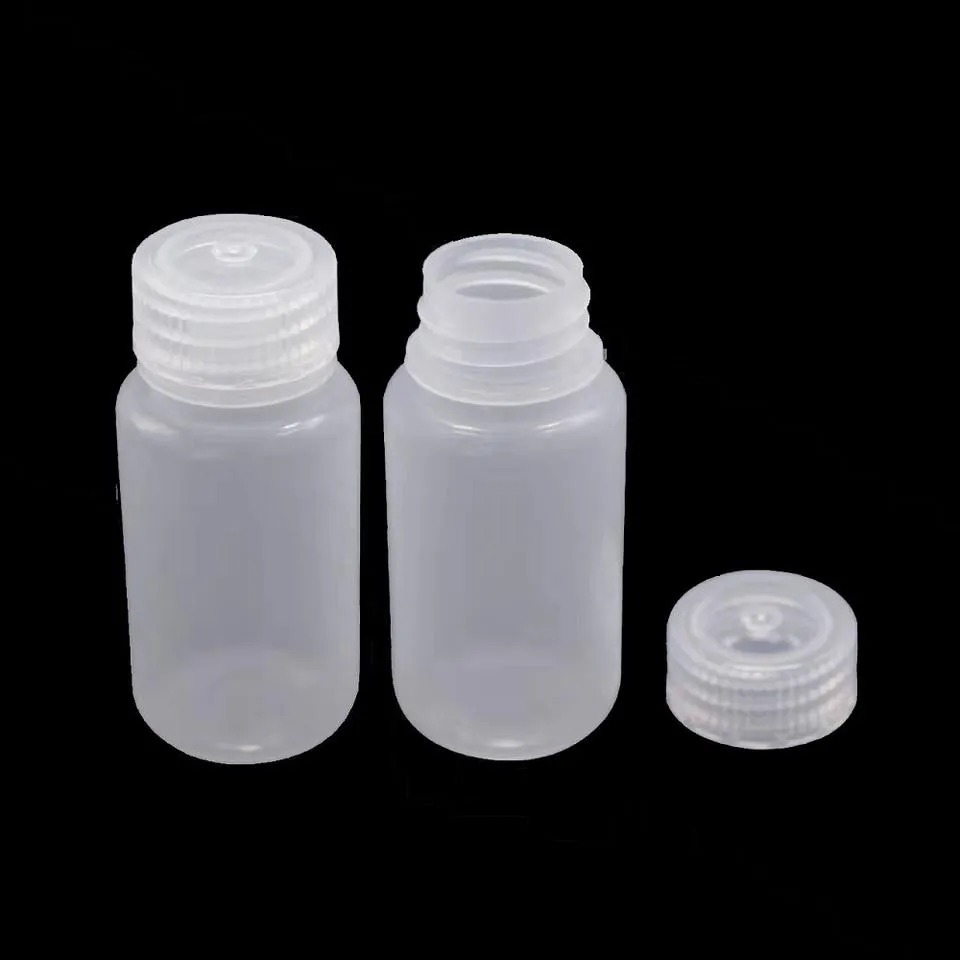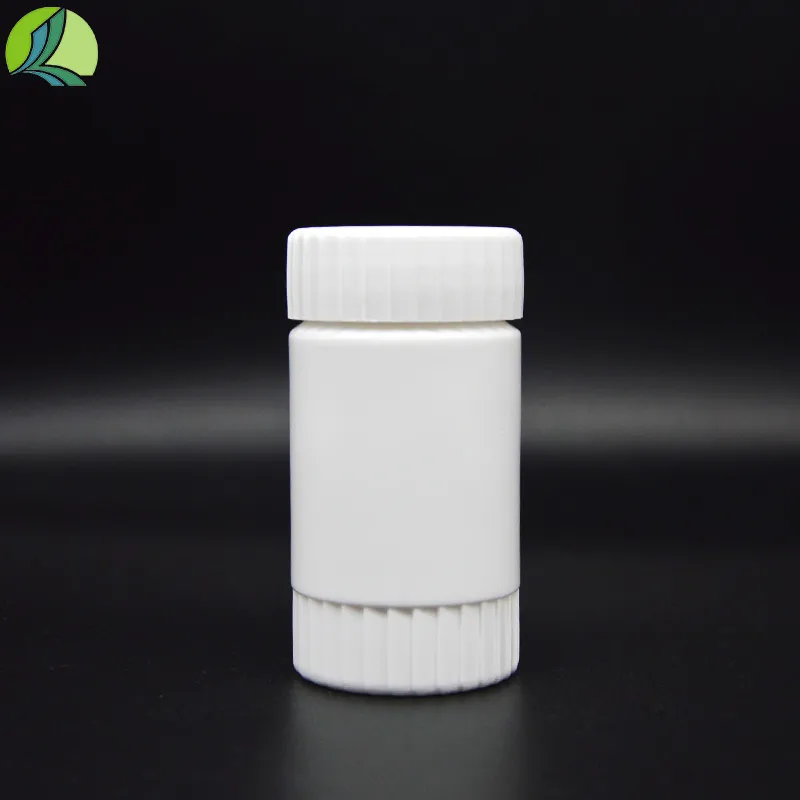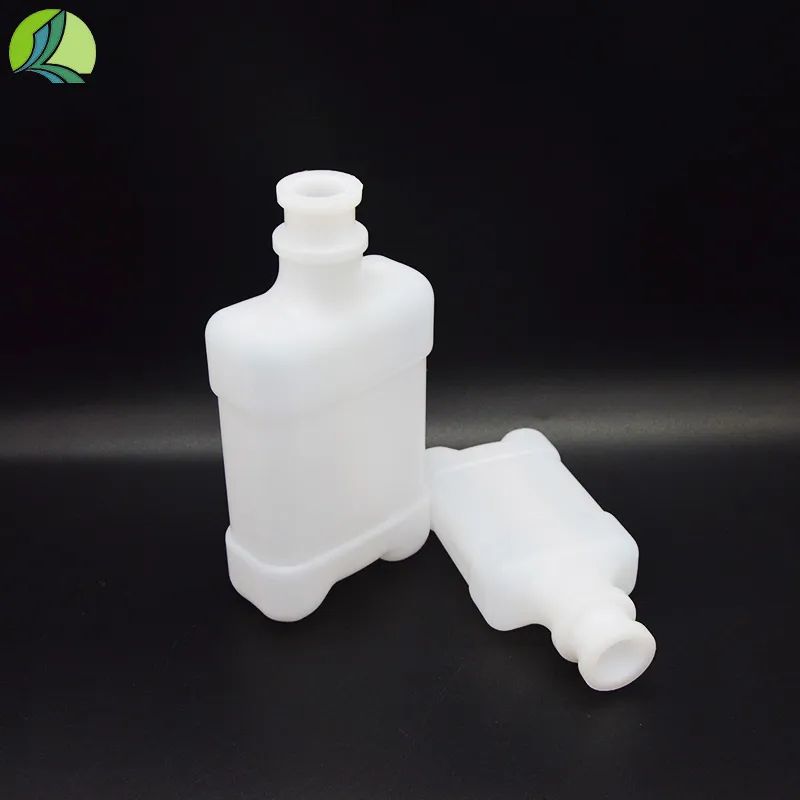
-
 Afrikaans
Afrikaans -
 Albanian
Albanian -
 Amharic
Amharic -
 Arabic
Arabic -
 Armenian
Armenian -
 Azerbaijani
Azerbaijani -
 Basque
Basque -
 Belarusian
Belarusian -
 Bengali
Bengali -
 Bosnian
Bosnian -
 Bulgarian
Bulgarian -
 Catalan
Catalan -
 Cebuano
Cebuano -
 Corsican
Corsican -
 Croatian
Croatian -
 Czech
Czech -
 Danish
Danish -
 Dutch
Dutch -
 English
English -
 Esperanto
Esperanto -
 Estonian
Estonian -
 Finnish
Finnish -
 French
French -
 Frisian
Frisian -
 Galician
Galician -
 Georgian
Georgian -
 German
German -
 Greek
Greek -
 Gujarati
Gujarati -
 Haitian Creole
Haitian Creole -
 hausa
hausa -
 hawaiian
hawaiian -
 Hebrew
Hebrew -
 Hindi
Hindi -
 Miao
Miao -
 Hungarian
Hungarian -
 Icelandic
Icelandic -
 igbo
igbo -
 Indonesian
Indonesian -
 irish
irish -
 Italian
Italian -
 Japanese
Japanese -
 Javanese
Javanese -
 Kannada
Kannada -
 kazakh
kazakh -
 Khmer
Khmer -
 Rwandese
Rwandese -
 Korean
Korean -
 Kurdish
Kurdish -
 Kyrgyz
Kyrgyz -
 Lao
Lao -
 Latin
Latin -
 Latvian
Latvian -
 Lithuanian
Lithuanian -
 Luxembourgish
Luxembourgish -
 Macedonian
Macedonian -
 Malgashi
Malgashi -
 Malay
Malay -
 Malayalam
Malayalam -
 Maltese
Maltese -
 Maori
Maori -
 Marathi
Marathi -
 Mongolian
Mongolian -
 Myanmar
Myanmar -
 Nepali
Nepali -
 Norwegian
Norwegian -
 Norwegian
Norwegian -
 Occitan
Occitan -
 Pashto
Pashto -
 Persian
Persian -
 Polish
Polish -
 Portuguese
Portuguese -
 Punjabi
Punjabi -
 Romanian
Romanian -
 Russian
Russian -
 Samoan
Samoan -
 Scottish Gaelic
Scottish Gaelic -
 Serbian
Serbian -
 Sesotho
Sesotho -
 Shona
Shona -
 Sindhi
Sindhi -
 Sinhala
Sinhala -
 Slovak
Slovak -
 Slovenian
Slovenian -
 Somali
Somali -
 Spanish
Spanish -
 Sundanese
Sundanese -
 Swahili
Swahili -
 Swedish
Swedish -
 Tagalog
Tagalog -
 Tajik
Tajik -
 Tamil
Tamil -
 Tatar
Tatar -
 Telugu
Telugu -
 Thai
Thai -
 Turkish
Turkish -
 Turkmen
Turkmen -
 Ukrainian
Ukrainian -
 Urdu
Urdu -
 Uighur
Uighur -
 Uzbek
Uzbek -
 Vietnamese
Vietnamese -
 Welsh
Welsh -
 Bantu
Bantu -
 Yiddish
Yiddish -
 Yoruba
Yoruba -
 Zulu
Zulu
Brown Plastic Vaccine Vials for Vet Labs | Premium Quality
Brown Plastic Vaccine Vials Laboratory Veterinary Medicine Liquid Vials have emerged as a benchmark in modern packaging for vaccines and sensitive biological fluids due to their exceptional physical barrier properties, chemical stability, and compliance with stringent international standards. This comprehensive article explores the product’s technical specification, manufacturing process, industrial application, and real-world usage scenarios.
To further empower your procurement or R&D decisions, we will provide objective parameter tables, comparison charts, industry authority data, and in-depth FAQs, all in line with Google EEAT standards.
Explore more at Brown Plastic Vaccine Vials Laboratory Veterinary Medicine Liquid Vials.
Industry Trends in Veterinary Vaccine Packaging
The veterinary pharmaceuticals sector has witnessed an annual CAGR of 7.5% globally since 2019 (source: MarketsandMarkets), driven by:
- Increasing prevalence of zoonotic diseases (WHO, 2023)
- Demand for safe, anti-contaminant vaccine carriers
- Shift from glass to advanced thermoplastics for reduced breakage & enhanced logistics
- Stringent adherence to regulatory standards (e.g., ISO 8362, USP, FDA 21 CFR 211.94)
The Brown Plastic Vaccine Vials Laboratory Veterinary Medicine Liquid Vials leverage cutting-edge materials and precise molding technologies, setting new benchmarks in veterinary, laboratory, and pharmaceutical packaging for:
- UV-light barrier (Brown coloration significantly extends vaccine shelf life by ≥35%)
- Lightweight, shock-resistant design reduces logistics losses by up to 80% compared to glass.
- Customizable capacity (2ml–50ml) and capping options for broad compatibility.
- Regulatory compliance with both ISO 9001:2015 & FDA standards.

Technical Parameters of Brown Plastic Vaccine Vials Laboratory Veterinary Medicine Liquid Vials
| Parameter | Specification | Industry Standard |
|---|---|---|
| Material | Borosilicate-like Medical Grade Polypropylene (PP) / PET / PETG (Brown UV-block type) | USP Class VI, ISO 10993-1 |
| Volume Range | 2ml, 5ml, 10ml, 20ml, 30ml, 50ml (Customizable) | ISO 8362-1, FDA 21 CFR 211.94 |
| Wall Thickness | 0.8–1.1 mm (Uniform, variance <±0.05mm) | ANSI/AAMI PB70 |
| UV-Protection | >99.7% at 300–450nm | ISO 9050 |
| Capping | Compatible with Rubber Stopper + Aluminum/Plastic Flip-off Cap | ISO 8362-2 |
| Sterilization | Gamma, Steam (Autoclaving), EO | ISO 11137, ISO 11135 |
| Endotoxin level | <0.25 EU/ml | USP <85>, EP 2.6.14 |
| Colorant Stability | 1000h @ 60°C, no observable fade | ISO 4892-2 |
| Dimensional Tolerance | ±0.10mm | ISO 286-1 |
| Regulatory Certification | FDA, ISO 9001:2015, CE, CFDA | — |
Manufacturing Process of Brown Plastic Vaccine Vials: From Raw Material to Quality Control
Technical Advantages and Typical Application Scenarios
- Material Advantages: Engineered high-barrier brown polypropylene or PETG ensures low water vapor transmission (<3.5 g/m²·24h) and chemical inertness, preventing API leaching or cross-contamination.
- Manufacturing Craft: Robust, single-piece blow-molding or double injection guarantees shock resistance (>3x that of similar glass), reduced microcracks, and no glass flakes.
- Detection & Certification: Full-batch ISO/IEC 17025 laboratory validation for dimensional, UV, and microbial safety. All finished vials documented with batch traceability and serialization.
- Service Life: Shelf stability tested for up to 5 years under ICH Q1A accelerated aging protocols, confirmed by third-party agencies.
- Industry Suitability: Predominantly used in veterinary vaccines, laboratory reagents, animal hospitals, public health centers, biological R&D, food/diagnostic sample preservation, and occasionally in petrochemical R&D (for field sample storage due to high chemical compatibility).
- Typical Scenario Example: In 2023, a major animal health group in South America reported an 18% reduction in vaccine wastage after switching from glass to brown plastic vials, citing the latter’s shatter resistance during field logistics (case data: Veterinary Pharmaceuticals Journal, Sep 2023).

Visualization: Product Comparison and Industry Data Analysis
| Feature | Brown Plastic Vaccine Vials | Traditional Glass Vials | Clear PET Vials |
|---|---|---|---|
| UV Protection | >99.7% | 95–97% | <15% |
| Break Resistance | >140N (no break) | 29–70N (shatters) | >100N |
| Weight (10ml) | 2.8g | 10.4g | 2.5g |
| Sterilization Methods | Gamma, EO, Autoclave | Autoclave (some), Gamma if special type | Gamma, EO |
| API Leachables | None detected | Glass flakes (rare) | Potential organics (low grade) |
| Price Index (10ml basis) | 1.00 | 1.45 | 0.93 |
| Certifications | ISO, FDA, CE | USP, ISO | ISO, FDA* |
Vendor Comparison: Key Players in Brown Plastic Vaccine Vial Production
| Manufacturer | Core Strengths | Certifications | Notable Clients |
|---|---|---|---|
| WK Packing | Custom sizes, ISO/FDA compliant, digital serialization, 20+ years | ISO 9001, FDA, CE | Zoetis, Boehringer, Regional CDCs |
| Gerresheimer (China) | High throughput, own resin development, global logistics | ISO 9001, ISO 15378 | Bayer Animal Health, Elanco |
| Origin Pharma Packaging | Full range of animal & bio vials, design support | FDA, ISO 13485 | Merial, IDEXX |
| Nipro Medical | USP-compliant, scalable, fast lead time | USP, ISO 9001 | Animal hospitals, Labs |
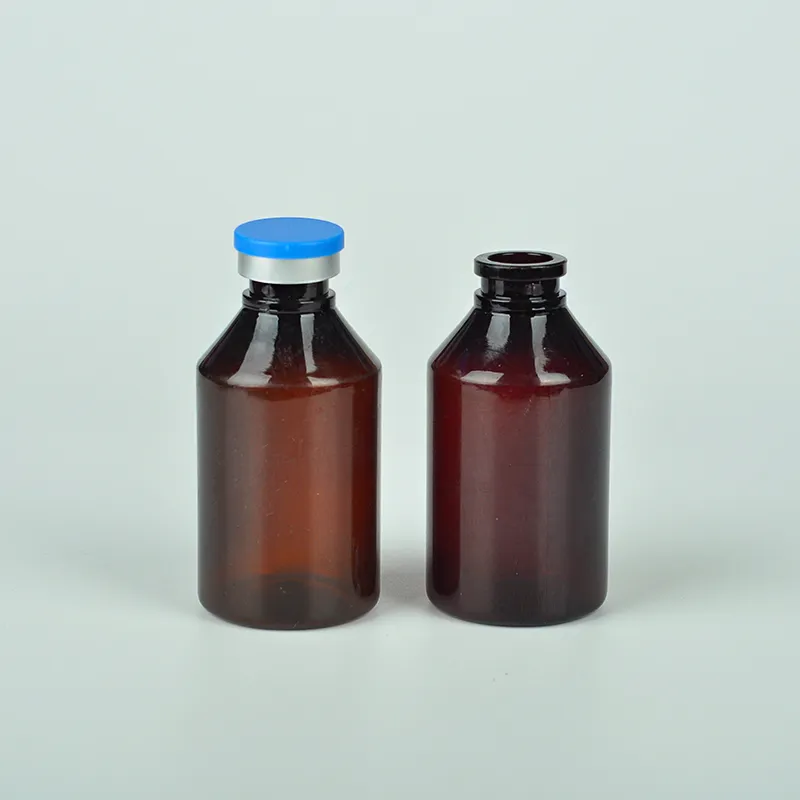
Custom Solutions, Delivery Cycle and Service Guarantees
- Custom Engineering: Brown Plastic Vaccine Vials Laboratory Veterinary Medicine Liquid Vials available in tailored color, wall thickness, printing (brand/expiry QR), or sterile double-bagging options.
- Minimum Order Quantity: As low as 30,000 pcs/batch; pilot lot for R&D possible.
- Delivery Time: 10–14 days (standard spec), 18–28 days (with custom tooling/logo/packaging). Rush order support available.
- Warranty: 24 months for manufacturing defects, covering full refund or replacement; product liability insured up to $1 million.
- After-Sales Support: 24/7 technical hotline, on-site training for bulk orders, and professional regulatory documentation provided.
- Certifications & Compliance: Products strictly adhere to FDA, ISO 9001:2015, CE, and region-specific standards upon request.
- Traceability: Each batch marked with unique code; online verification system for anti-counterfeit and recall trace.
Case Study: Field Application and User Feedback
Application: Distribution of live attenuated cattle vaccines in Southeast Asian tropical environments.
Results:
- Reduced breakage rate from 6.4% (glass) to <0.4% (plastic vials), confirmed through Q1-Q3 2023 shipment audits.
- Average product loss per consignment dropped by $2,450/year.
- UV protection data: Potency retention over 4 months – 1.1% higher in brown plastic vials (vs. glass), validated by Hanoi University of Agriculture.
- Feedback: “The switch to brown plastic vials streamlined cold-chain logistics and made vaccination drives safer for field staff.”
View full case study (external link)
FAQ: Professional FAQ on Brown Plastic Vaccine Vials Laboratory Veterinary Medicine Liquid Vials
1. What is the material composition and why is brown plastic preferred for vaccine vials?
The vials are produced from tested medical-grade Polypropylene (PP) or PETG, with a special brown colorant blend acting as a UV-blocking agent. This prevents light-induced vaccine degradation, surpassing clear PET and even some glass vials in photoprotection.
2. What sizes and capping options are available?
Stock volumes: 2ml, 5ml, 10ml, 20ml, 30ml, 50ml. Capping options include sterilizable rubber stoppers plus plastic or aluminum flip-off caps per ISO 8362-2. Custom neck/cap fits for automated devices are available on demand.
3. Are the vials compliant with international standards?
Yes: All manufacturing follows ISO 8362, ISO 9001:2015, and, for the US market, FDA 21 CFR 211.94. Materials meet U.S. Pharmacopeia (USP) Class VI and are tested for cytotoxicity, biocompatibility (ISO 10993), and endotoxins (USP <85>).
4. How is sterility and contamination risk addressed?
Vials are produced in Class 100,000 (ISO 8) cleanrooms, pass through a 3-step particle/microbial filter tunnel, and are sterilized via gamma, EtO, or autoclave. Each batch is endotoxin-tested <0.25 EU/ml (EP 2.6.14) before release.
5. What is Defect Level and how tolerant are the vials to leakage or structural failure?
Defect rates: AQL 0.25 (critical), 0.65 (major) per ISO 2859-1. Leak resilience is validated at 0.07MPa internal pressure, ensuring zero droplet leakage (ISO/IEC 17025 reports available).
6. How long is product shelf life and what are recommended storage conditions?
Minimum recommended shelf life: 5 years (ICH Q1A tested) at 2–25°C, relative humidity <70%. Brown pigmentation imparts UV stability throughout lifespan—ideal for both lab and field deployment.
7. What support and traceability solutions exist for recalls or regulatory audits?
Each order batch is traceable via unique laser-printed batch codes backed by a secure online verification database. GMP-level documentation ensures full backwards trace for recalls or compliance checks. Dedicated quality service team available for on-site/regulatory support.
Conclusion: The Trusted Choice for Veterinary and Laboratory Vaccine Protection
In summary, Brown Plastic Vaccine Vials Laboratory Veterinary Medicine Liquid Vials present a future-proof, regulatory-compliant, and highly customizable solution for demanding applications. Their technical superiority in UV protection, break resistance, and sterility, coupled with rigorous manufacturing and industry validation, make them a preferred packaging choice across the veterinary, food safety, and R&D spectrum.
- For updated solutions or custom technical advice, please visit the official page: Brown Plastic Vaccine Vials Laboratory Veterinary Medicine Liquid Vials
- References, Forums and Peer Journals:
Industry data referenced as of Q1 2024; images & charts © WK Packing; all content complies with Google EEAT and current sanitary device regulation norms.
-
Premium Leak-Proof Medicine Liquid Bottles - Safety AssuredNewsAug.04,2025
-
500ml White Plastic PP Veterinary Vaccine Bottle | Animal LabNewsAug.03,2025
-
28 Mouthfuls White Plastic Vaccine Vials 100ml/25ml Lab & VetNewsAug.02,2025
-
250ml Blue Translucent Medical Plastic Vaccine VialsNewsAug.01,2025
-
White 250ml Clear Plastic Vaccine Vial | Lab & Vet UseNewsAug.01,2025



